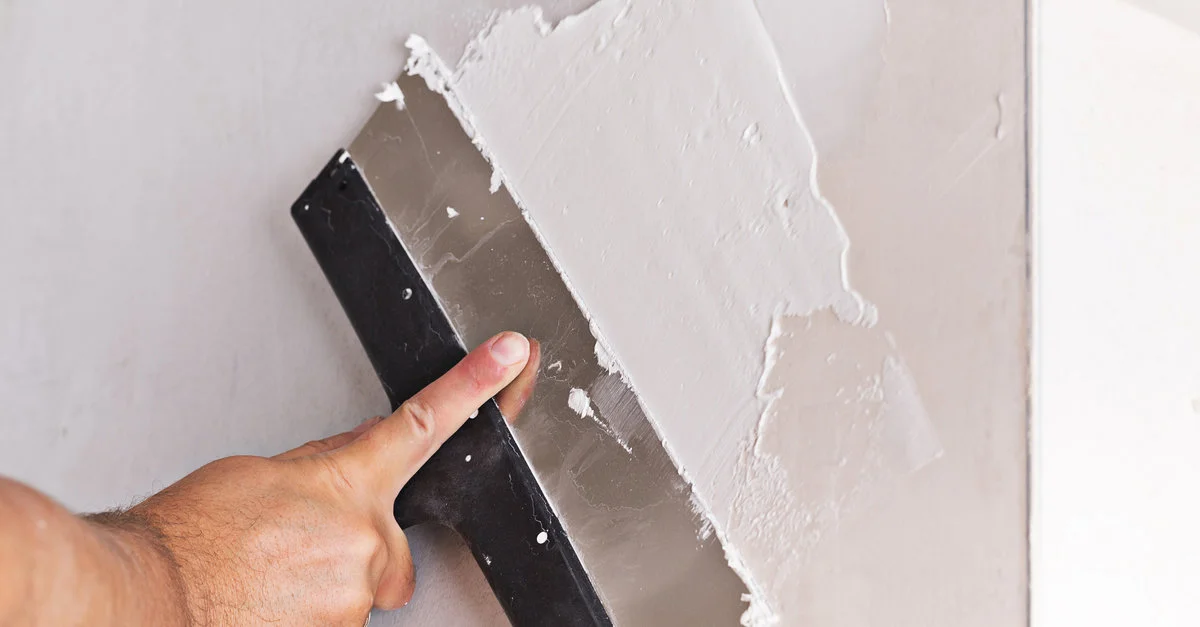Dependable Drywall Installation Solutions for Every Area
Dependable Drywall Installation Solutions for Every Area
Blog Article
Drywall Installation Made Easy: Tips for Perfect Results
Drywall installment is often viewed as a daunting job, yet with the appropriate approach and expertise, it can become a manageable venture. Understanding strategies for reducing, hanging, and ending up drywall can dramatically affect the outcome.
Picking the Right Materials
Picking the proper products for drywall installment is critical to attaining a sturdy and aesthetically pleasing surface. drywall contractor. The primary element, drywall sheets, typically been available in various densities, with 1/2-inch sheets being conventional for interior wall surfaces. For areas requiring extra dampness resistance, such as shower rooms or kitchen areas, consider using green board or cement board, which are specifically created to endure humidity

Additionally, picking the best bolts-- either screws or nails-- is necessary for securing the drywall to the framing. Drywall screws are generally favored for their holding power and minimized risk of standing out. Take into consideration the finishing touches such as primer and paint, which not only improve the appearance but additionally secure the drywall from dampness and wear.
Preparing the Installment Location
Before beginning the drywall setup process, it is vital to prepare the setup area completely. A clean work space decreases the danger of damages to existing things and enables for reliable activity throughout setup.
Following, evaluate the walls and ceiling for any blemishes, such as splits, holes, or mold and mildew. Address these concerns ahead of time; spot any kind of problems and allow adequate time for repairs to dry. Additionally, guarantee that electric outlets, buttons, and plumbing are correctly placed and made up, as this will impact drywall positioning.
Think about the ecological conditions too. A secure temperature level and humidity degree are crucial for ideal attachment and performance of the drywall materials. If required, make use of a dehumidifier or heating unit to produce ideal conditions.
Cutting and Hanging Drywall
The secret to efficient drywall setup hinges on the precise cutting and hanging of the panels. Begin by determining the room properly, considering any kind of obstructions such as electrical outlets or windows. Use a straight side and an energy blade to score the drywall along your dimensions, then break it along the scored line for a tidy break. For even more intricate cuts, such as around electrical outlets, a drywall saw can be made use of for precision.

Constantly work from the top down and delegated right, making sure that you hop over to here preserve a staggered pattern to enhance stability. Appropriately hanging the drywall establishes the foundation for a smooth finish, ultimately resulting in superior lead to your drywall job.
Taping and Mudding Methods
While correct cutting and hanging of drywall establishes the stage, the following essential action entails grasping taping and mudding techniques to make sure a seamless coating. Taping is important for reinforcing joints and protecting against splits; it includes embedding tape right into the applied joint compound (mud) Begin with a high quality fiberglass or paper tape, applying the tape over the joint and pressing it into the wet mud using a taping knife, making sure no air bubbles remain.
When the tape remains in location, use a thin layer of joint compound over the tape, feathering the edges to create a smooth transition to the drywall surface area. Enable this layer to completely dry totally before sanding it lightly to remove blemishes. Repeat this process, applying extra coats of mud as essential-- commonly 2 to 3 coats-- while his response slowly widening the application location with each layer to achieve a smooth look.
After the final layer dries, sand the surface with a fine-grit sandpaper until smooth. drywall repair. Bear in mind to wear a mask during fining sand to avoid inhaling dust particles. Mastering these taping and mudding methods is essential for attaining a professional-quality finish in your drywall installment
Finishing Touches for Perfection
Achieving a remarkable drywall installation goes beyond taping and mudding; it culminates in the ending up touches that raise the overall look. These last actions are critical in making sure a professional-grade surface that improves the aesthetic appeals of your room.
Begin by sanding the dried out joint compound to develop a smooth surface. drywall contractor. After fining sand, wipe down the wall surfaces with a moist fabric to remove any type of dirt bits, guaranteeing a tidy surface for paint.
Next, apply a guide specifically created for drywall. This step is vital, as it aids seal the joint compound and offers a consistent base for the overcoat. Once the guide Going Here dries out, evaluate for any type of flaws, and repair as needed.
Conclusion
To conclude, effective drywall setup rests on the careful selection of materials, complete prep work of the installment location, and exact execution of reducing and hanging strategies. Mastery of taping and mudding processes is essential for accomplishing a smooth coating. Additionally, focus to completing touches, including priming and touch-ups, makes sure a professional-grade outcome. By adhering to these standards, the quality of craftsmanship can be significantly improved, contributing to the overall visual and functionality of the space.
Drywall setup is typically viewed as a challenging job, yet with the appropriate approach and expertise, it can become a workable undertaking.Choosing the ideal products for drywall installment is critical to accomplishing a durable and cosmetically pleasing surface.Before beginning the drywall installment process, it is important to prepare the setup area completely. Mastering these taping and mudding strategies is crucial for attaining a professional-quality finish in your drywall installment.
In verdict, effective drywall installation hinges on the mindful choice of materials, extensive prep work of the installment area, and specific implementation of cutting and hanging strategies.
Report this page